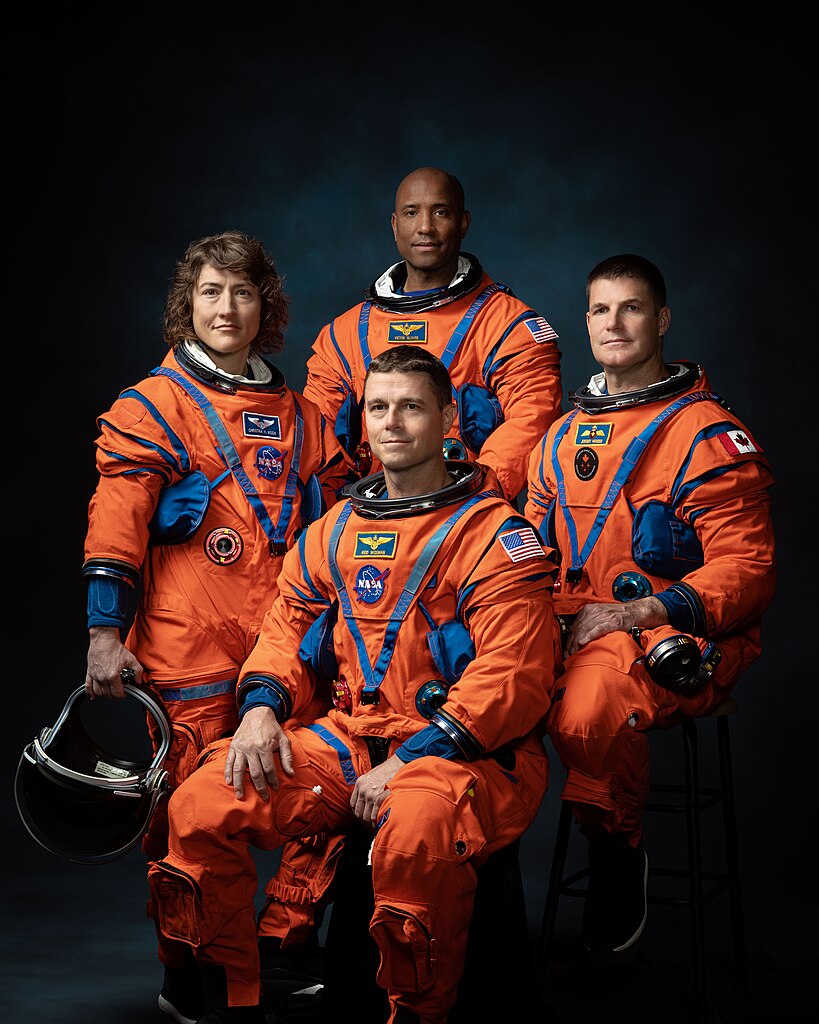
Photo: NASA /Josh Valcarcel | Wikimedia Commons
Artemis, the next human-crewed and robotic mission to the Moon, is a program set to become the first to land a woman and a person of color on the Earth’s natural satellite. But it also serves as a steppingstone for future human missions to Mars and beyond. With the establishment of the NASA Authorization Act 2010 and funding, the Artemis program has since taken a major development to make deep space exploration possible by 2025. The crewed flight to the Moon- the Apollo mission- that ended in 1972 has now resurged as an overarching Artemis program for the benefits of scientific exploration, economic benefits, and human reach to deeper space, demonstrating newer technologies and human capabilities.
Interesting Facts about the Artemis Program
- The core stage of the SLS rocket is the world’s tallest operational core stage.
- The SLS weighs 5.75 million pounds, equivalent to 7 fully loaded Boeing 747 jets.
- The 5-meter heat shield on the bottom of the crew module of Orion is the world’s largest ablative heat shield.
- Without a crew onboard, Orion can orbit the Moon for over six months.
- The Launch Abort System’s motor produces enough power for 13,000 houses in a day.
- Orion spacecraft is made up of 355,056 individual parts.
- When filled with cryogenic propellant in the core stage, the length of the fuel tank shrinks by 6 inches and the oxidizer tank length by 1.5 inches
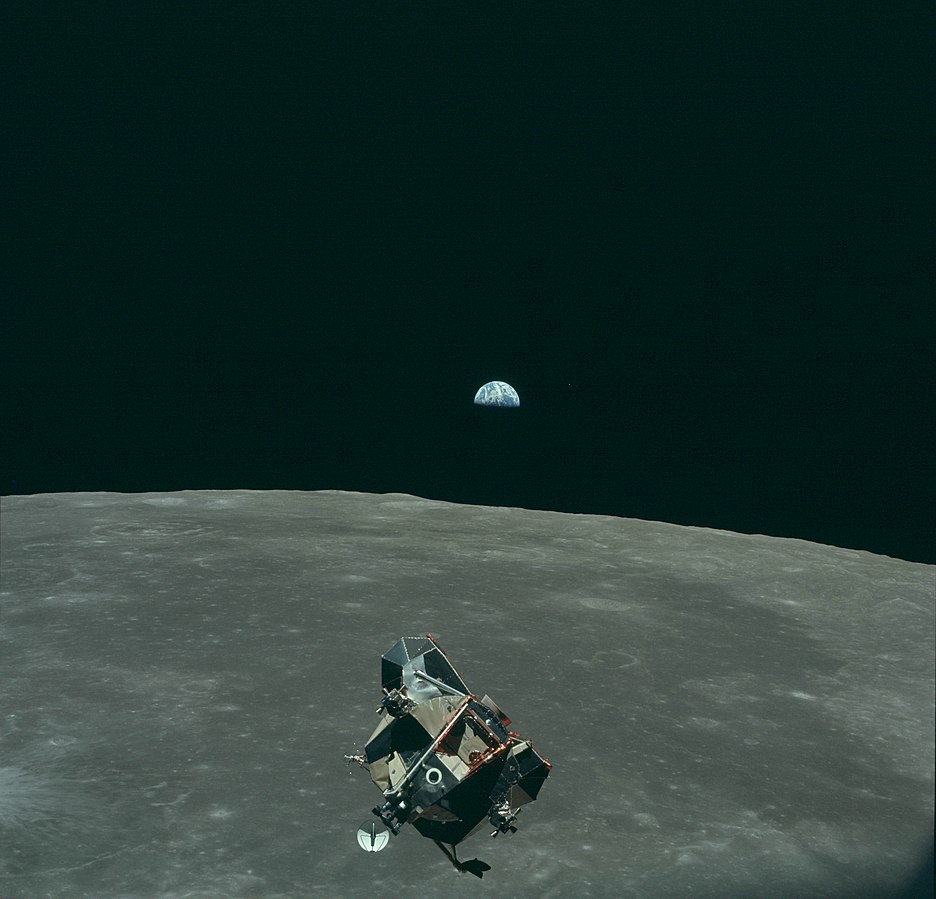
Historical Context and Previous Lunar Missions
Even though the mid-20th century was ushering in technologies, humans made it to the Moon. The Apollo missions were a series of crewed spaceflight missions conducted by NASA, with the first foot of Neil Armstrong on the Moon in 1969 and the end of the program with Apollo 17 in 1972. This audacious feat was the goal of the then-American president John F. Kennedy, which he publicly announced in his speech in 1961 to land Americans on the lunar surface and return them safely to Earth.
The mission faced severe challenges in the initial phase, resulting in technical setbacks. The tragic loss of 3 astronauts due to a fire in the command module of Apollo 1 during the pre-launch test prompted significant changes in design and crew safety protocols that later served as lessons to overcome technical barriers without the loss of other astronauts throughout the program. All Apollo missions from Apollo 11 to Apollo 17 were successful crewed lunar missions except Apollo 13, which was aborted due to an explosion of an oxygen tank in the service module enroute on a a lunar trajectory. However, even with such a critical malfunction, the crew in the module, with the support of the mission control, managed to get back to Earth safely without any casualties. Failures such as these, while offering lessons of resilience that an astronaut should have, also demonstrated the essentiality of critical maneuvers and adaptations for future missions.
Artemis Mission Objectives
The prime goal of the Artemis mission is to return humans to the Moon, creating history by landing the first woman and first person of color on the Moon’s surface. With Lunar exploration, NASA aims to expand our understanding of the Moon and its potential for future human missions. Furthermore, astronauts, with the help of robotic explorers, will collect samples and study resources on the Lunar surface, which could reveal the history of the Moon and the Earth.
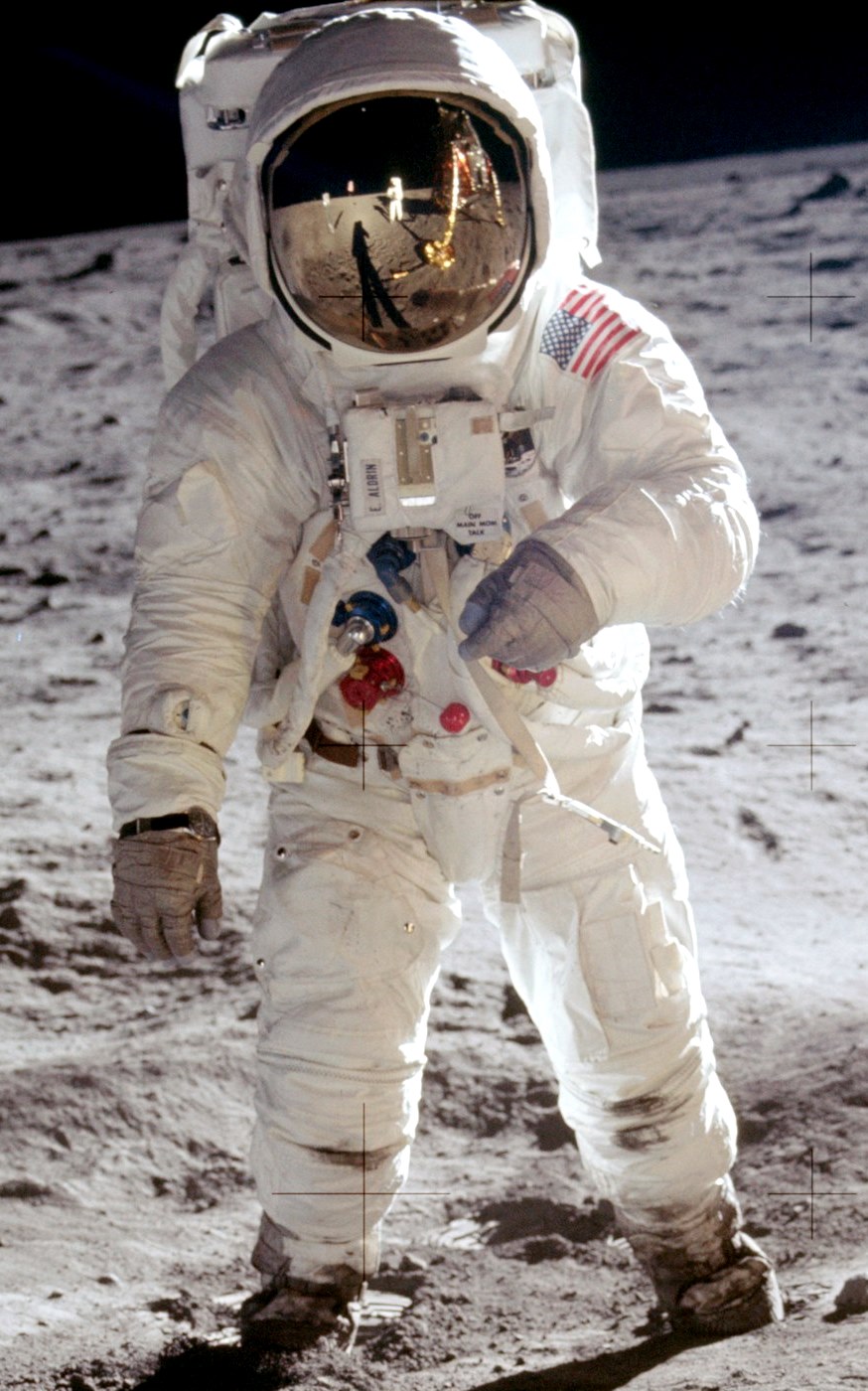
Photo: NASA | Wikimedia Commons
While reaching Mars is NASA’s horizon goal, it also has set the plan of building a lunar gateway through international collaborations and partnerships that resemble the International Space Station. This exploration inspires and engages many of this generation, whom NASA calls an Artemis Generation. Through these ambitious goals, the program motivates young minds to pursue careers in space fields, ignite their curiosity, and promote STEM education, thus redefining the cutting-edge technological era.
Launch Vehicle
The Space Launch System (SLS) rocket Block 1 is a 98-meter tall super heavy lift vehicle that utilizes propulsion systems in 3 major stages: Solid rocket boosters, the Core stage, and the Interim Cryogenic Propulsion Stage (ICPS), also called the Upper stage. It is the only exploration-class launch vehicle after the Saturn V rockets. The rocket is designed in block variants with the ultimate goal of being suitable for crewed missions to the Moon. These variants are SLS Block 1 for Artemis I, II, and III missions, SLS Block 1B for human missions to the Moon, and SLS Block 2 with advancements in cargo capacities and performances.
The rocket uses two solid rocket boosters, each of height 54m, in 5 propellant segments that are bigger than those used in the Space Shuttle, producing thrusts of around 5 MegaNewton, each more than that of the Space Shuttle. The core stage that stands 64.6 m in height has the capacity of carrying 2 million liters of liquid hydrogen fuel and 1.86 million liters of liquid oxygen as an oxidizer with a maximum thrust threshold of around 9000 kN. 4 RS 25 engines are employed to give the optimum performance. The upper stage consists of 1 engine manufactured by Aerojet Rocketdyne using the same propellant as that used in the core stage with a maximum thrust capacity of 110 kN. This stage helps Orion to get into the trajectory of the Moon.

Saturn V for Apollo Mission
On the other hand, standing 111m tall, the heavy-lift vehicle, Saturn V rocket, didn’t use Solid Rocket Boosters. It comprised three stages: S-IC (1st stage), S-II (2nd stage), and S-IVB (3rd stage), all assembled into a single slender body. The five F-1 engines, with four engines outboard and one at the center assembled in 1st stage, generated a total thrust of 7.5 million pounds, burning a combination of liquid oxygen (LOX) and rocket-grade kerosene (RP-1). The 2nd S-II stage was powered by 5 J-2 engines producing a maximum thrust of around 1 million pounds, burning liquid hydrogen and liquid oxygen. The final stage, also known as the S-IVB stage, powered by a single J-2 engine, was responsible for placing the Apollo spacecraft into Earth orbit and giving the final push for Trans Lunar Injection (TLI), producing a thrust of 230,000 pounds burning the propellant similar to 2nd stage.
| Specifications | Space Launch System Rocket | Saturn V Rocket |
| Boosters/first stage | Solid Rocket Boosters | S-IC Stage F-1 engines |
| Number | 2 | 5 |
| Propellant (Solid) | Polybutadiene acrylonitrile | Refined Petroleum-1/LOX |
| Maximum Thrust | 16014 kN each | 153000 lbs each |
| Weight | 725747.792 kg each | 8391 kg each |
| Core Stage Engine | RS 25 engines | SII Stage J-2 Engines |
| Number of Engines | 4 | 5 |
| Propellant | Liquid Hydrogen/Liquid Oxygen | Liquid Hydrogen/Liquid Oxygen |
| Maximum Thrust each | 512300 lbs | 228000 lbs |
| Weight | 3515.341 kg each | 1578.501 kg each |
| Upper Stage Engine | RL10B-2, RL10C-2 | S IVB Stage J-2 Engine (1) |
| Weight | 3719.457 kg (unloaded) | 1578.501 kg each |
| Propellants | Liquid H2/Liquid O2 | Liquid H2/LOX |
| Maximum Thrust | 110 kN | 203000 lbs (1st burn) |
Table[1]: Comparison between SLS rocket and Saturn V rocket
Orion Spacecraft and Technology
Orion Spacecraft, being the only spacecraft that can go for crewed deep space flight, has several systems to make the Lunar mission successful. Every system is required to establish safety systems in case of emergency. With this in mind, the Launch Abort System, fabricated with three solid rocket motors capable of producing 400,000 pounds of thrust, takes the crew into a safe place within a fraction of a millisecond in case of emergency while aboard an SLS rocket. Once the SLS rocket overcomes the atmospheric barrier, the Orion spacecraft is no longer held with this system.
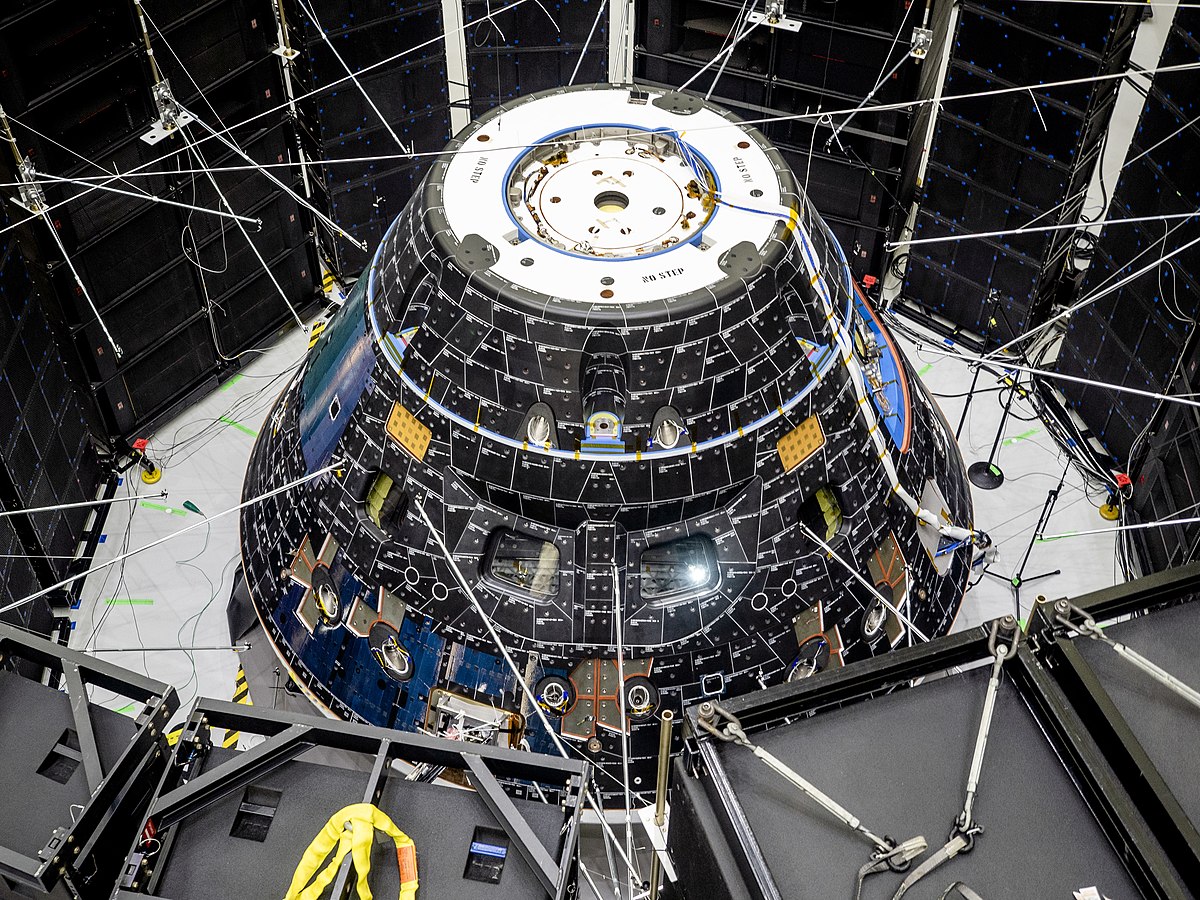
Photo: Rad Sinyak, NASA | Wikimedia Commons
Crew Module
Commonly known as Capsule, it is the pressurized module where four astronauts will live for their whole journey. After 21 days of operation, it will return back to the Earth. The module is incorporated with an environmental and life support system simulating the viable environment for the crew’s long mission.
High exposure to solar radiation and micrometeoroid strikes is usual in space, and to prevent these detrimental impacts, this module has the necessary seals. The household facilities like water tanks and dispensers, lavatories, built-in exercise devices supported with heat and odor removal systems suited for both aerobic and strength training, lockers for pressure suits and medical kits, as well as fire extinguishers, make this module not less than a completely furnished home.
The vessel is furnished with seven aluminum alloys by friction-stir welding, making it airtight. 12 Reaction Control system thrusters will provide sufficient thrust essential to rotate and control the module while in orbit and in Earth-bound entry. During atmospheric entry, the speed goes up to 25 times the speed of sound, and that has to be reduced to 20 mph or less to avoid impact on the splashdown. Therefore, it has 11 parachutes to cut the speed within a short time period. The temperature during entry reaches half as hot as the surface temperature of the Sun. Therefore, the bottom of the Capsule is made up of the world’s largest ablative heat shield.
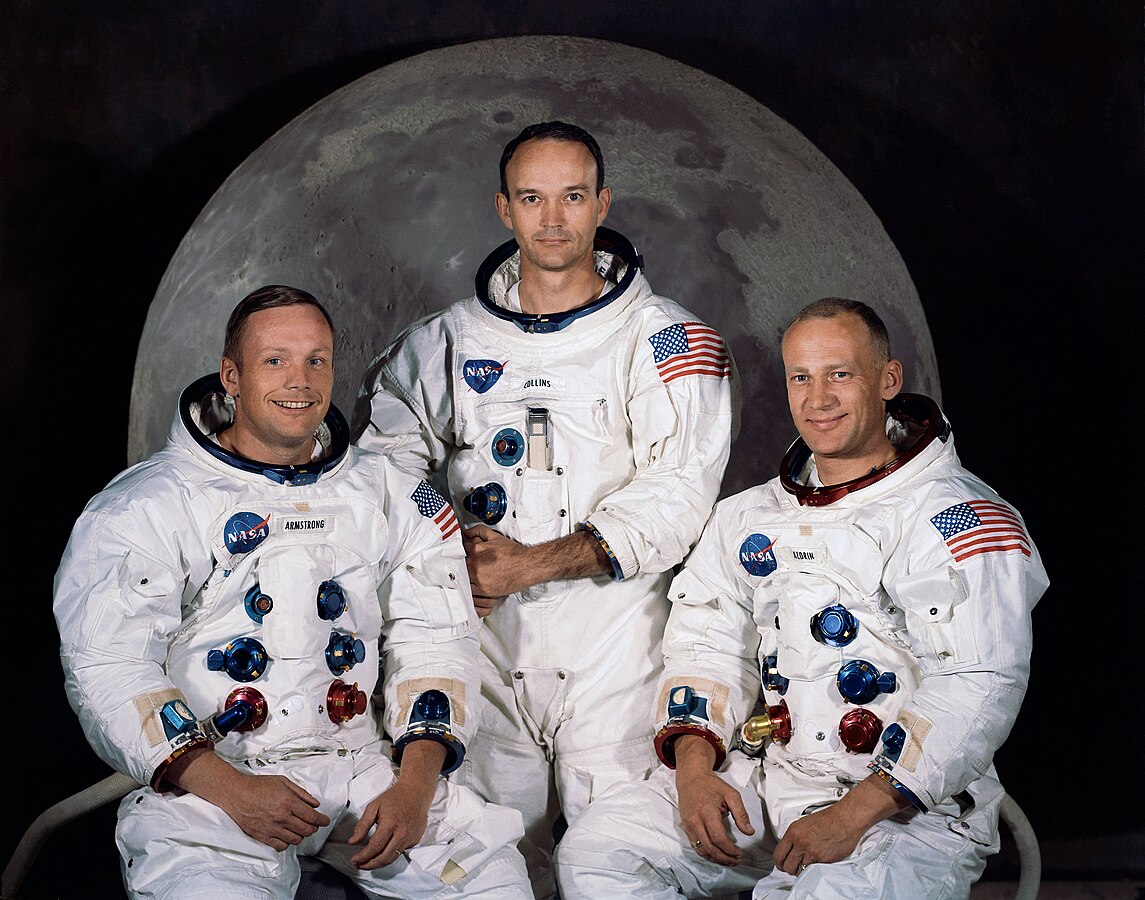
Photo: NASA | Wikimedia Commons
Other modules and systems
As a powerhouse and main propulsion system to push Orion to its destination, the European Service Module consists of 1 main engine, 24 reaction control thrusters, and eight auxiliary engines, comprising a total of 33 engines. It is incorporated with four solar array wings for 11 kilowatts of electricity generation using photovoltaic effects. Four main batteries in the crew module are used extensively during the launch of the rocket and during atmospheric entry, as in this time period, solar arrays serve no useful purpose. Flight computers play a major role in controlling almost all functions of the service module. It makes use of 11 kilometers of cables for sending generated commands and receiving information that is sensed by onboard sensors.
Universal Waste Management System has systematically served both genders of astronauts, as it acts as a new space toilet. Back then, in Apollo missions, astronauts had to use diapers to urinate and bags for solid waste disposal. The Orion Crew Survival System suit, which astronauts have to wear at different phases of the Artemis mission, is orange in appearance. Its unique ability to sustain the life of an astronaut for six days, even in the failure of the cabin pressure system of Orion, is a remarkable advancement in the crew safety systems.
| Specimen | Artemis II Orion Spacecraft | Apollo Spacecraft |
| Number of Crew | 4 | 3 |
| Mission Duration | 21 days | 14 days |
| Launch Abort system thrust | 400,000 lbf | 147,000 lbf |
| Service Module Engines | 33 | 21 |
| Crew Module engines (RCS) | 12 (for entry on Earth) | None |
| Thrust from each | 160 lbs. | None |
| Number of parachutes for Earth landing | 11 | 6 |
Table[2]: Comparison between Orion Spacecraft and Apollo Spacecraft
Major Differences Between Orion and Apollo Spacecraft
- Orion can carry four crews for 21 days, while Apollo had the capacity to carry three crews for 14 days.
- Orion is 60% more habitable than Apollo.
- The crew module in Orion has glass cockpits, whereas Apollo has analog systems.
- Apollo had a single flight computer, but now, Orion is using two redundant flight computers with two redundant computer modules.
- The redundant computer in Orion has 128000 times more memory and is 20000 times faster than Apollo’s one.
- Orion uses solar arrays for power generation, but Apollo uses loaded Hydrogen and Oxygen to generate power once combined in the fuel cell
- Apollo used three airbags to correct the orientation of the Capsule during splashdown, while Orion used five airbags.

The Apollo 11 launch in a Saturn V (1969)
Photo: NASA; restored by Michel Vuijlsteke | Wikimedia Commons
Lunar Gateway
Lunar Gateway, a planned lunar-based space station, is a long-term project of NASA in collaboration with other international space agencies such as the European Space Agency, Canadian Space Agency, Japan Aerospace Exploration Agency, and others. This gateway acts as a staging point for further Moon landings and in future missions to Mars. Not only limited to this, it will serve as a platform for astronauts, allowing them to study the Moon, conduct experiments, and prepare for future deep space exploration, including Mars.
The location of this station will be near a highly elliptical orbit that could make it easier for robotics and humans to descend onto the Moon’s surface. The gateway will initially be made up of two modules: The power and propulsion element module and the habitat and logistics outpost module. The International Habitation (I-Hab ) module from JAXA and ESA is to be launched in a later phase of the crewed mission. However, the concepts for the Lunar Gateway are still in the developmental phase and may undergo various changes before the actual mission.
Human Landing System
The Human Landing System is a critical component of NASA’s Artemis program that acts as a transportation medium for astronauts onto the Lunar surface and back to the Lunar Gateway. It should be habitable. As such, it must comply with different topographical regions on the Moon and remain versatile in docking systems.
With the agreement of NASA and SpaceX, NASA will use the Starship built by SpaceX as HLS for the first Artemis III mission after a successful demonstration of the Starship prior to the mission. NASA also awarded contracts to other companies, i.e., Blue Origin and Dynetics, as HLS providers, as multiple contracts ensure competitive development and higher efficiencies. This represents NASA’s crucial plan to establish a long-term human presence on the Moon, thereby accelerating the pace of space exploration exponentially.

Photo: Neil Armstrong | Wikimedia Commons
Artemis Base Camp
The Artemis Base Camp is still in the conceptual phase, which, when implemented into the developmental phase, will allow astronauts to live longer on the surface of the Moon. As each exploration meets with new sets of challenges, the camp on the lunar surface will ease the complexity that has limited astronauts from exploring the unexplored spectrum of the Moon.
In the days to come, considering that we have the base camp, scientists could engage deeply in studying the Moon and its relation to Earth, which may even change the scientific explanation of the relationship that is held as true in today’s context. With a Lunar cabin, mobile home, and a rover, this could mean we will have a technological leap, and deep space will not be that far in our time frame.
National and International Collaborations
Throughout history, NASA has been collaborating with national and international agencies for different space flights, presently for the development of the Space Launch System. The notable contribution of the European Space Agency (ESA) to the development of the European Service Module for Artemis Mission I, II, and III is one example of such international collaboration.

The ESA is also providing the European System Providing Refueling, Infrastructure, and Telecommunications (ESPRIT) module for the Lunar Gateway, whereas the Canadian Space Agency CSA is aiding with Canadaarm3, the robotic arm similar to the Canadarm on ISS. Participation of SpaceX, Blue Origin, and Dynetics for HLS strengthens NASA’s relationship with national space companies.
Challenges in the Program
Sustainable presence on the Moon is assured by lunar missions such as the Artemis mission. However, the mission may face challenges that range from funding and disinterest of the public and politicians to the engineering complexities halting the program. Lack of adequate financial resources prevents the manufacturing processes, disturbing the whole mission. Crew safety is crucial in such daring missions, and complete assurance of safety is unattainable, at least for some time durations.
This imposes inherent risk on the lives of astronauts. With the target of crewed Moon landing by 2025 or early 2026, this exerts challenges in spacecraft development, the development of Orion spacecraft, and even the Human Landing System, which is yet to be tested. Failure of one system will impact the whole schedule. Nonetheless, technical innovation, sustained funding, enlightenment of the essentiality of space exploration among the public, and effective problem-solving skills could help NASA and participating agencies in overcoming challenges.
Conclusion
From the study presented above, it can be concluded that the Artemis program is undergoing massive positive changes in systems and integration, onboard flight computers, performance, and thrust generation as compared to the Apollo program. Evolving through software and approaches in dealing with technical bugs, with modification of composite materials and heat shields, and in the presence of public and youth interests, the whole mission will take a different path, perhaps setting our new dimension of understanding with practical indulgence for the space. Now, the future seems closer, and with the successful accomplishment of the Artemis program, we will soon be colonizing Mars.
